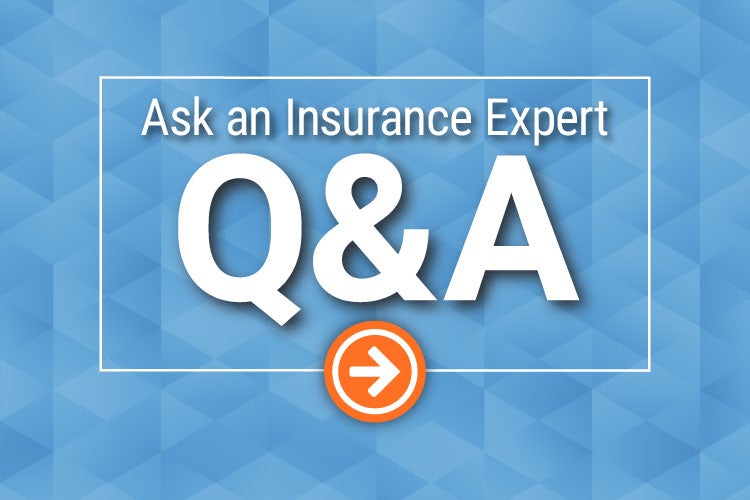
Table of Contents
- Are roof leaks covered under a standard New Jersey homeowners insurance policy?
- When and how does New Jersey home insurance cover roof leaks?
- What will it cost me if New Jersey homeowners insurance doesn't fully cover my roof leak?

Are roof leaks covered under a standard homeowners insurance policy in New Jersey?
I just bought my first home in New Jersey, and I’m curious about what all is covered under my insurance. Roof leaks can happen unexpectedly and can be really disastrous, even damaging the inside of my home and my possessions. Are roof leaks covered under my New Jersey homeowners insurance policy?

The answer is sometimes they are covered. Your New Jersey home insurance policy may cover roof leaks or other kinds of roof damage, but your coverage entirely depends on the cause of the damage. If your roof damage or roof leak is caused by a falling tree or a lightning strike, you’d likely have coverage.
But if your roof is leaking simply because it’s old or poorly maintained, home insurance will not help you pay for repairs.

How does home insurance cover roof leaks?

Roof leaks can be caused by a variety of problems from severe weather to simple wear and tear. The cause of your roof leak is the answer to when and how it will be covered by your New Jersey home insurance. Sudden, accidental damage is typically covered while regular maintenance issues are not.
The dwelling coverage portion of your New Jersey home insurance policy protects your home’s structure from a variety of “covered perils,” or causes of loss. Typical covered perils include fire and hail. So if your roof leaks after a hailstorm, your policy would likely cover the necessary repairs. What’s more, if any of the contents of your home are damaged or destroyed because of a covered roof leak, the personal property coverage portion of your home insurance policy would pay for repairing or replacing damaged possessions.
What are some of the other reasons that your roof leak might be covered? According to the Insurance Information Institute, a wide range of perils are covered by home insurance, including:
- Fire and smoke
- Lightning
- Windstorms and hail
- Explosions
- Vandalism or malicious mischief
- Damage from an aircraft or vehicle
- Theft
- Falling objects
- Weight of ice, snow, or sleet or water damage due to ice, snow, or sleet
Be sure to review your New Jersey homeowners insurance policy to understand what is and is not covered. Some policies explicitly exclude windstorm damage, for example, in addition to certain other causes of loss (e.g., floods, war, intentional damage). Windstorm damage is covered in New Jersey, but it’s likely subject to a separate deductible, which we discuss below.
A local independent insurance agent can walk you through your policy and help you understand all of your coverage.

What will it cost me if homeowners insurance doesn't fully cover my roof leak?

If you have a covered roof leak, it doesn’t mean that you won’t have to pay anything out of pocket.
Before any coverage kicks in, you’ll need to pay the deductible that you chose when you purchased your policy. Your policy’s applicable coverage limits will also apply. This means that your policy only pays for repairs up to the limit outlined in the policy for a particular type of loss.
Some New Jersey homeowners insurance policies include a separate wind/hail deductible, or a mandatory or optional (depending on where you live) hurricane deductible. These deductibles are separate from the main deductible, and apply only when damage is caused by wind, hail, or a hurricane.
Rather than being a set amount, like $500, these deductibles are typically a percentage of the home’s value, such as 1%. If your New Jersey home is worth $200,000, you’d likely need to surpass $2,000 in windstorm damage, for example, to your roof and other areas of the home’s structure before your insurance will start reimbursing you.
After paying your deductible, you’ll be responsible for paying any amount exceeding the limit for the dwelling category of coverage. This limit will be determined by your specific policy, but it’s often 10% of your home’s total value. So if you’ve got a $200,000 home, coverage for roof repairs may be capped at $20,000. If the repairs cost more than that, you’d have to pay the remaining expenses out of pocket.
Article Author | Ann Herro
Article Reviewed by | Paul Martin
https://iii.org/
© 2025, Consumer Agent Portal, LLC. All rights reserved.